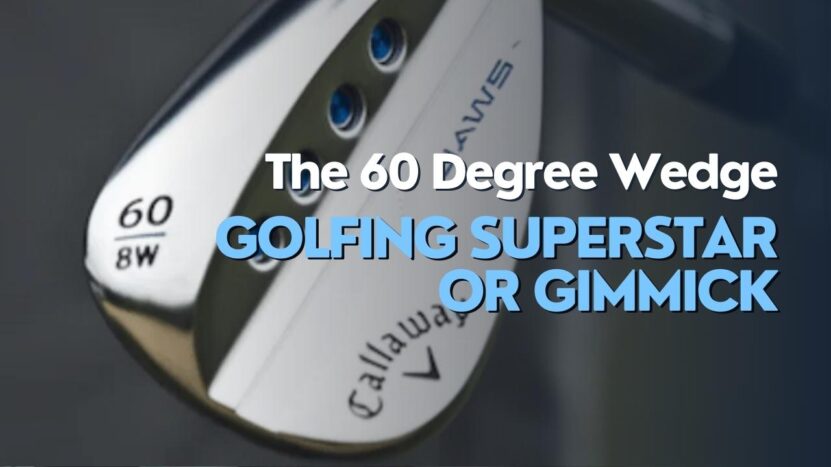In the intricate game of golf, the club selection in a golfer’s bag is key to success. Each club has a unique purpose, and selecting the right one can significantly affect a golfer’s performance on the course. Among these clubs, the 60-degree wedge, also known as the lob wedge, has generated substantial debate.
Is it a sand shot superstar or merely a golfer’s gimmick? Let’s delve into this topic and discuss its nuances, from the technical specifications of the 60-degree wedge to the perspectives of professional golfers.
Explaining the 60-Degree Wedge
The 60-degree wedge is named for its loft angle, which is the angle between the clubface and the vertical plane. This high loft influences the ball’s flight and trajectory, making the ball fly higher and land more softly compared to clubs with less loft.
As a result, the 60-degree hit can stop quickly on the green, making it particularly useful for shots that require precision and control, like those around the green. The versatility of the 60-degree motion is one of its key selling points.
It can be used for full swings, chip shots, pitches, bunker shots, and, notably, flop shots. This array of shot-making options makes the club a potential game-changer, provided it’s used effectively.
When exploring the performance of the 60-degree wedge, it’s crucial to delve into the impact of loft on distance, allowing golfers to evaluate its efficacy as a sand shot superstar or a mere gimmick.
The Art of the Sand Shot
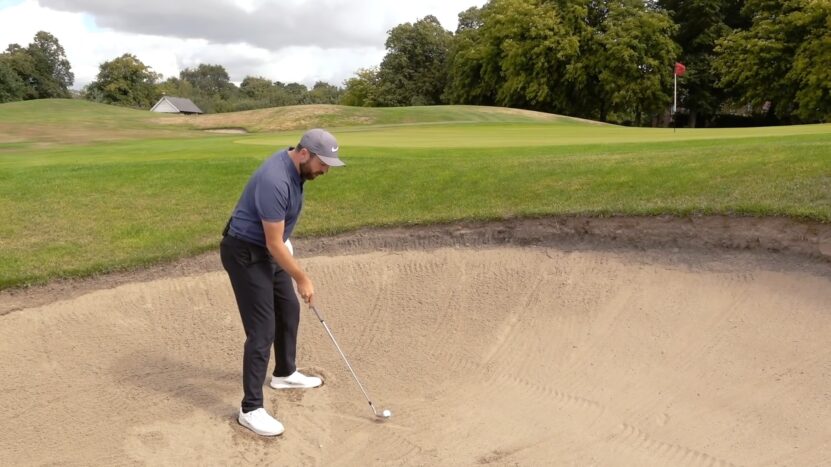
The sand shot is often one of the most dreaded shots in golf, but it’s an essential skill that can make or break a round. The loft and bounce of this move make it a popular choice for these challenging shots.
The high loft helps the ball get up quickly and clear the lip of the bunker, while the bounce—the angle between the leading edge and the lowest point of the club—helps prevent the club from digging too deep into the sand. However, a successful sand shot requires more than just the right club—it requires proper technique.
The 60-degree wedge should be swung with confidence, hitting the sand rather than the ball. The club’s loft and bounce will do the rest, lifting the ball out of the sand and onto the green.
The Role of Bounce in Wedges
Bounce in wedges plays a crucial role in a golfer’s short game. It refers to the curved angle on the sole of the wedge, providing forgiveness and stability. When hitting shots from sand or turf, bounce prevents the leading edge from digging too deep, allowing the club to glide smoothly through the surface.
It helps golfers escape bunkers with finesse and execute delicate flop shots or precise pitches. By understanding and utilizing bounce effectively, golfers can improve their short-game performance and achieve better results around the greens. Mastering bounce can elevate your wedge play and contribute to lower scores on the course.
Short Game Mastery
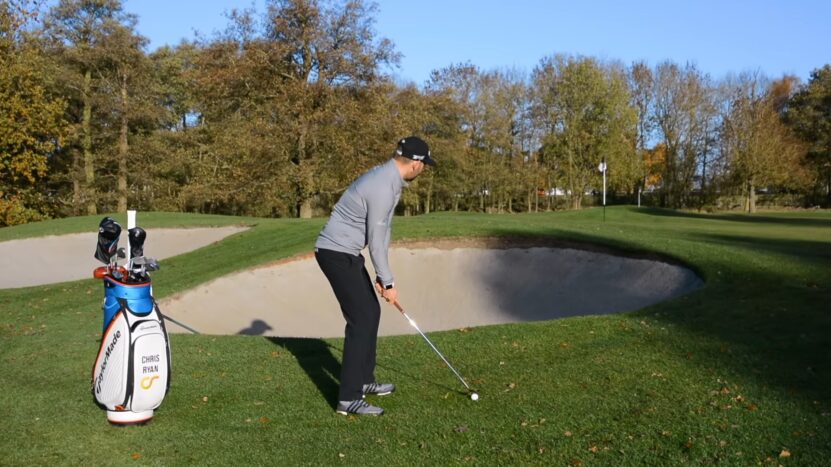
In the game of golf, mastering the short game is key to achieving a favorable score. These shots, played on or near the green, require finesse and precision. This is where the 60-degree wedge shines as a valuable tool in a golfer’s arsenal.
With its high loft, this versatile club becomes an ideal choice for executing shots that demand a high trajectory and a soft landing. Whether it’s a delicate flop shot that needs to clear a menacing bunker or a precise approach to a tight pin, the 60-degree wedge can make all the difference.
When wielded with skill and technique, this club has the power to transform seemingly challenging short-game shots into lucrative scoring opportunities, leaving golfers with a sense of mastery and accomplishment on the course.
Potential Drawbacks of the 60-Degree Wedge
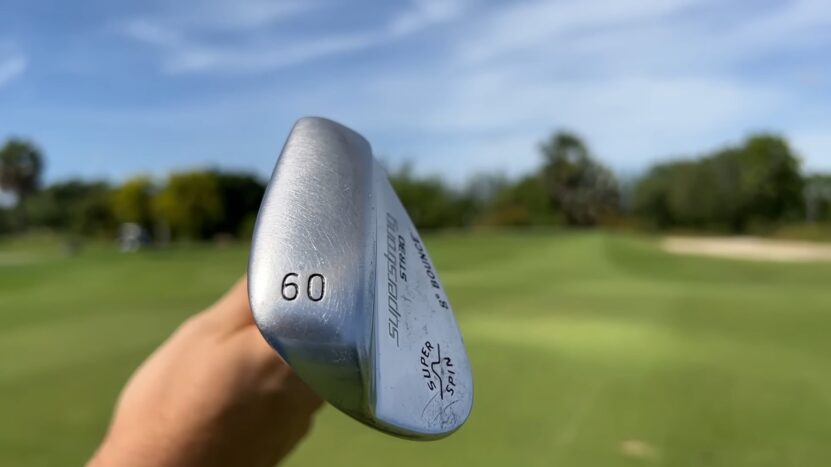
While the 60-degree club has its advantages, it may not be suitable for all golfers or situations. Its high loft can make it challenging to control, particularly in windy conditions.
Moreover, it may not be as versatile as other clubs beyond specific shots, such as sand shots or short-lob shots. For golfers who struggle with the 60-degree wedge, it may be beneficial to consider other clubs or strategies.
Skill and Experience Matters
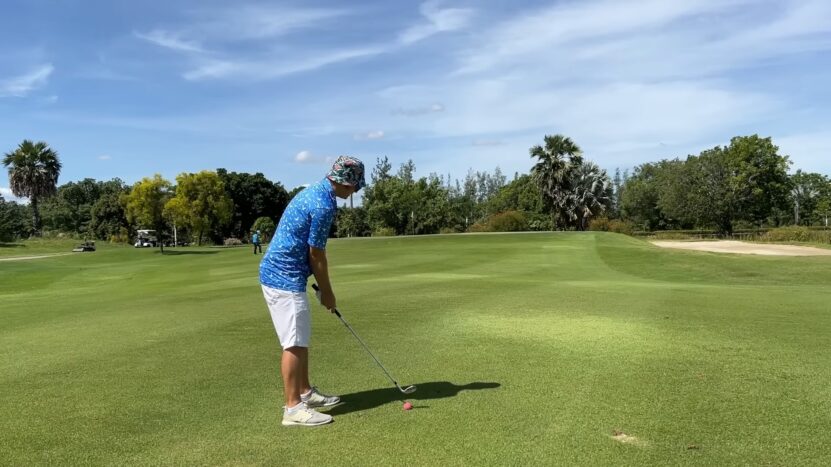
The effectiveness of this one largely depends on the golfer’s skill level and experience. Skilled players who have developed solid swing mechanics can fully exploit the potential of this club, while beginners might find it more challenging to use effectively.
For beginners, practicing with this club and getting comfortable with different shots can significantly improve their proficiency.
Course and Playing Conditions
Course and playing conditions must also be taken into account when evaluating the effectiveness of the 60-degree wedge. Variables such as the firmness of the sand, the type of grass on the course, and prevailing weather conditions can greatly influence the club’s performance.
In instances where the sand is exceptionally firm or the lies are tight, the high bounce of the 60-degree wedge may not be as advantageous. It is crucial for golfers to adapt their club selection based on these factors to ensure optimal shot execution.
By considering the course and playing conditions alongside skill and shot requirements, golfers can make informed decisions on when to utilize the 60-degree wedge and when other clubs might be a better fit for the task at hand.
Personal Preference and Playing Style
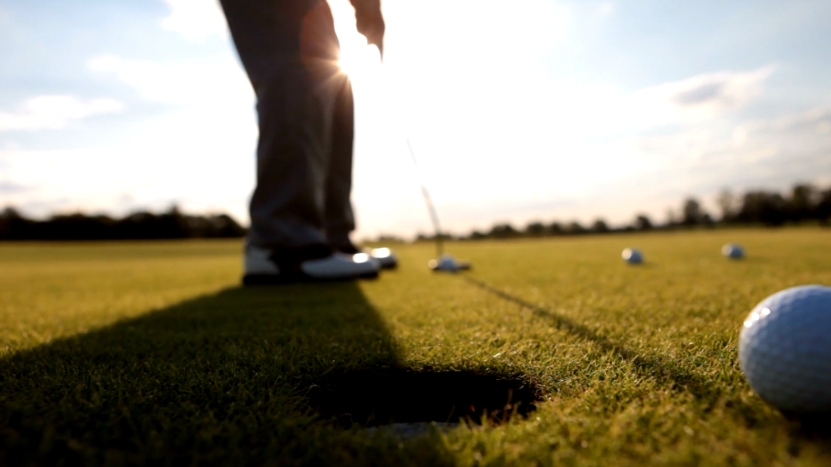
The effectiveness of the 60-degree wedge is not only influenced by the factors mentioned earlier but also by the individual golfer’s personal preferences and playing style. While some golfers may gravitate towards the 60-degree wedge’s high loft for certain shots, others might prioritize control and opt for a lower-lofted wedge instead.
Additionally, golfers may have specific shot preferences that render the 60-degree wedge less suitable for their game. Therefore, it becomes essential for each golfer to embark on a journey of experimentation, trying out different clubs and shots to discover the perfect combination that aligns with their unique playing style and maximizes their performance on the course.
By embracing this approach, golfers can unlock their full potential and elevate their game to new heights.
Professional Perspectives
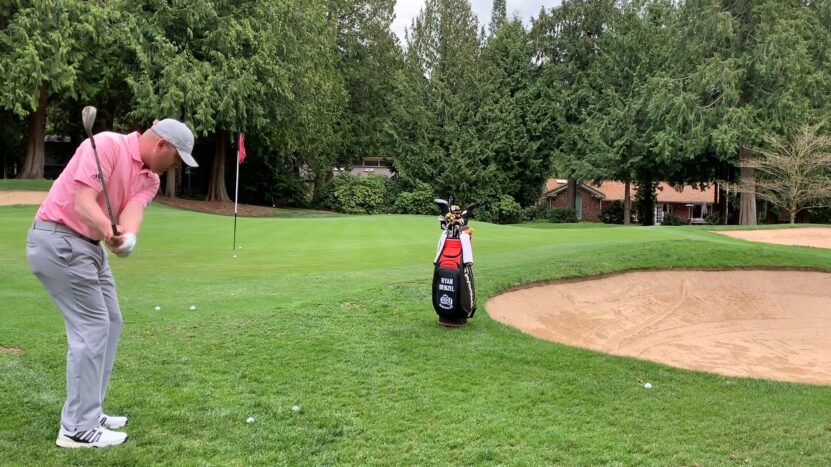
Many professional golfers utilize the 60-degree wedge in their game. Their insights highlight the club’s effectiveness in executing precision shots and the benefits it can bring when used correctly.
However, they also acknowledge the challenges and potential limitations associated with it. Success stories where the 60-degree wedge has played a key role in professional tournaments further underscore its potential.
Conclusion
Returning to the initial question—is the 60-degree wedge a sand shot superstar or a golfer’s gimmick?—the answer, perhaps unsurprisingly, isn’t black and white.
It’s evident that in the right hands, the club can be a potent weapon, particularly around the green and in the sand. However, it’s not a one-size-fits-all solution, and its effectiveness can depend on a variety of factors, from the golfer’s skill level to course conditions.
Closing Thoughts and Recommendations
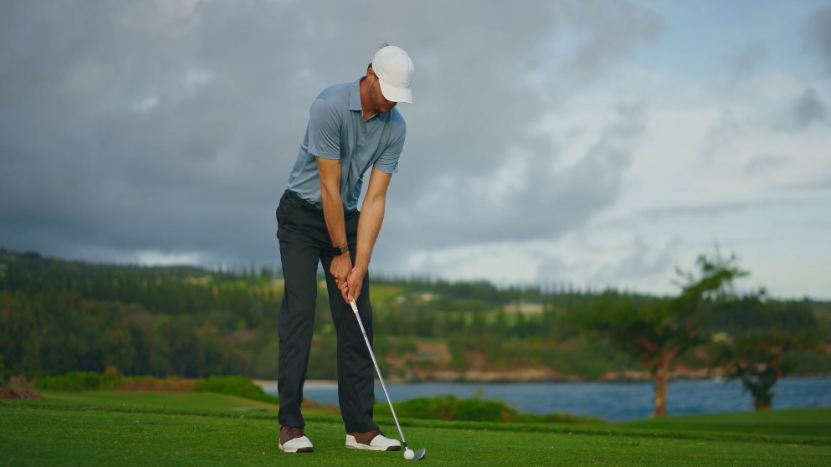
So, should you add a 60-degree wedge to your golf bag? The best way to answer this question is to try it out for yourself. Pay attention to how it performs in various situations and assess if it complements your game.
Regardless of your choice, remember that practice is key to mastering any club, and the 60-degree wedge is no exception. Don’t hesitate to utilize practice drills or training aids to hone your skills. Happy golfing!

